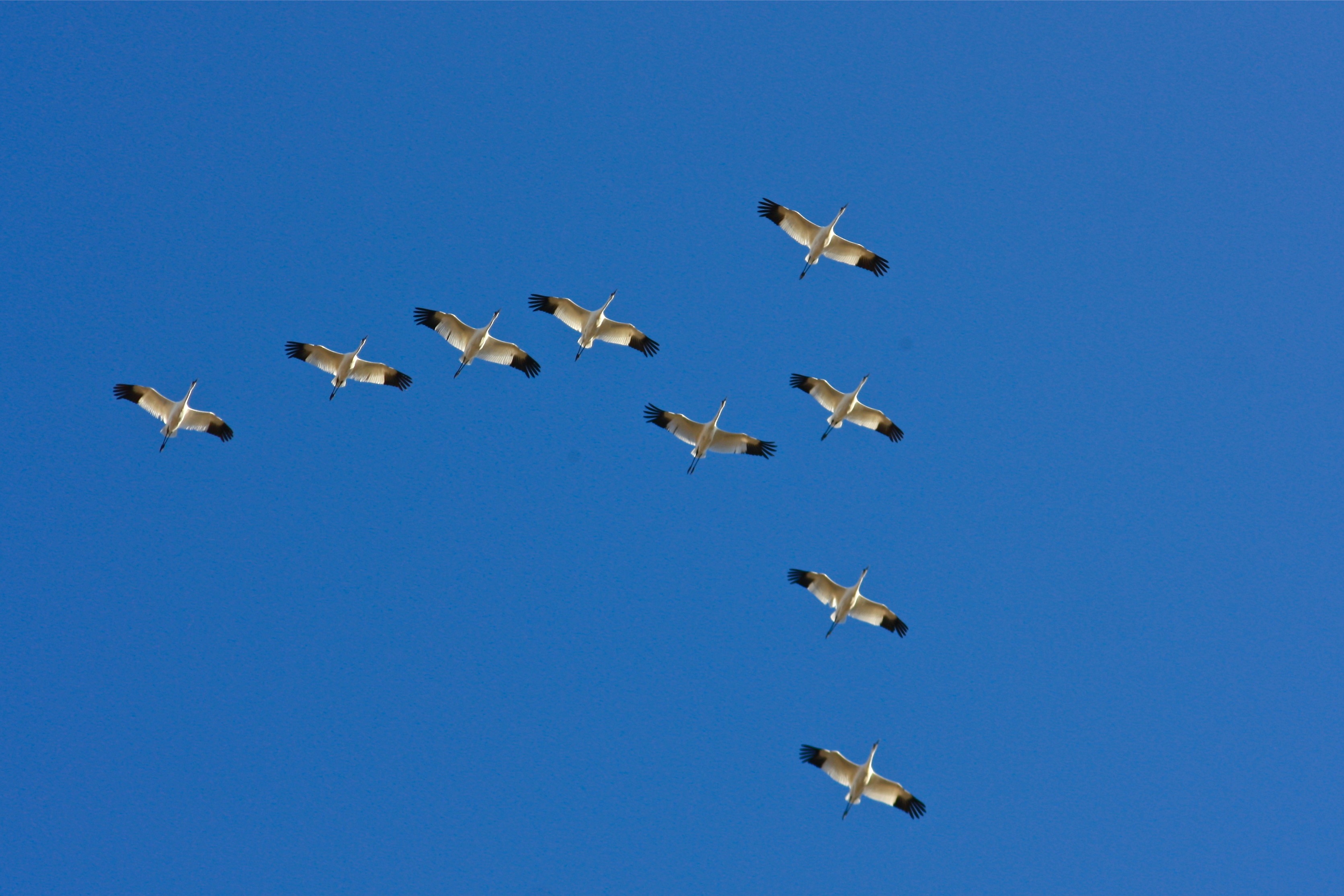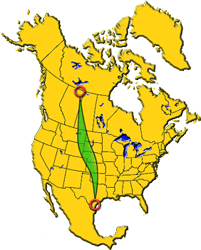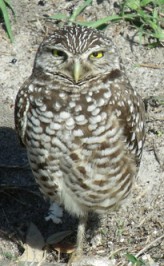Tag: endangered birds in canada
Whooping Crane Wednesday
Status Of Birds In Canada
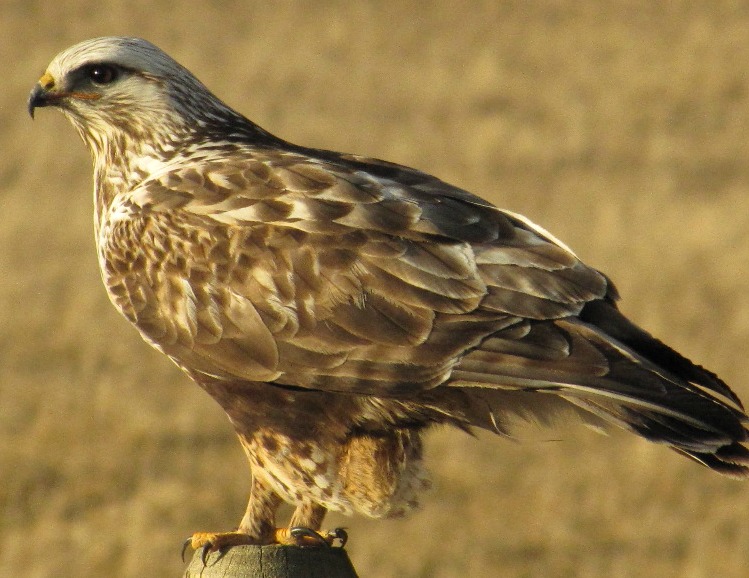
A new Status of Birds in Canada section has been added to Environment Canada’s website. It identifies the overall status of each species, describes population changes, discusses some of their conservation needs and provides a mechanism to track the success of ongoing and proposed conservation actions for these species. The …
Two Canadian Songbirds Added To Endangered List
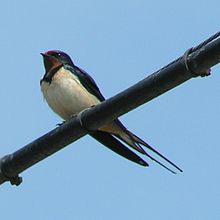
At the spring meeting of the Committee on the Status of Endangered Wildlife in Canada (COSEWIC) held in Charlottetown, PEI May 1-6, 2011, Threatened status was recommended for two more species of songbirds – Eastern Meadowlark and Barn Swallow. The addition of these two common species draws further attention to …
84 Burrowing Owls Released To The Wild

A team of field researchers, including Calgary Zoo Director Dr. Jake Veasey, released 84 captive-bred burrowing owls into artificial burrows in the Kamloops/Merritt region of British Columbia in mid-April. The Calgary Zoo joined the burrowing owl project in 2004, and the research team provides assistance assessing owls, pairing, determining release …
Burrowing Owls Need Your Help
Whooping Crane Wednesday
Status Of Birds In Canada

A new Status of Birds in Canada section has been added to Environment Canada’s website. It identifies the overall status of each species, describes population changes, discusses some of their conservation needs and provides a mechanism to track the success of ongoing and proposed conservation actions for these species. The …
Two Canadian Songbirds Added To Endangered List

At the spring meeting of the Committee on the Status of Endangered Wildlife in Canada (COSEWIC) held in Charlottetown, PEI May 1-6, 2011, Threatened status was recommended for two more species of songbirds – Eastern Meadowlark and Barn Swallow. The addition of these two common species draws further attention to …
84 Burrowing Owls Released To The Wild

A team of field researchers, including Calgary Zoo Director Dr. Jake Veasey, released 84 captive-bred burrowing owls into artificial burrows in the Kamloops/Merritt region of British Columbia in mid-April. The Calgary Zoo joined the burrowing owl project in 2004, and the research team provides assistance assessing owls, pairing, determining release …



